The Influence of Altitude on Coffee Quality and Flavor
When you dig into how altitude impacts coffee growing, you’re basically figuring out how elevation shapes the flavor of your morning brew. As you sip, consider that high altitude coffee brings a distinct flavor profile, borne from cooler climates and slower maturation. These elevations enhance acidity and complexity, gifting each cup with floral and fruity notes. Meanwhile, low altitude coffee tends to develop quicker, often resulting in a milder, more robust flavor. The varying altitudes influence the beans' growth, which directly impacts the quality and flavor, providing a rich spectrum of tastes for you to savor and enjoy.

Understanding Altitude and Its Measurement
When you delve into altitude’s role in coffee growing, you're exploring more than just numbers on a map. Altitude is traditionally measured in meters above sea level, influencing climate, temperature, and even the sunlight exposure on coffee farms. These factors are pivotal as they dictate how coffee plants grow and develop their flavors, which eventually end up in your cup.
What many coffee enthusiasts might not realize is that the precision in measuring altitude has a profound effect on coffee quality. Behind the scenes, altitude measurement requires advanced tools like GPS and altimeters to ensure accuracy. This meticulous attention to detail ensures the right cultivation conditions needed for the unique taste of high altitude coffee.
Farming practices at different altitudes bring out different qualities in the beans. High altitude coffee, nurtured under cooler temperatures, grows slower, allowing more time for the intricate flavor notes to develop. In contrast, low altitude coffee experiences warmer conditions that speed up growth, resulting in a bolder but less complex flavor palette.
In this way, understanding the nuances of altitude measurement becomes crucial for growers aiming to produce premium coffee. Accurate altitude readings can be the difference between a good and an exceptional coffee, showcasing the hidden artistry behind every aromatic cup you cherish.

How Altitude Affects Coffee Flavor Profiles
The altitude at which coffee is grown plays a crucial role in shaping its flavor profiles. At higher altitudes, coffee plants face cooler temperatures and slower growth, conditions perfect for developing beans with vibrant acidity and complex flavors. As you taste high altitude coffee, you'll often detect nuanced floral and fruity notes, a testament to this prolonged maturation process that enriches each bean with dynamic taste.
In contrast, coffee grown at lower altitudes is exposed to warmer temperatures and a quicker growth cycle. This environment tends to produce coffee beans with lower acidity and a more robust, earthy profile. When you savor low altitude coffee, you might notice it has a less intricate, yet bold flavor that appeals to those who prefer a straightforward taste experience.
One unpopular opinion about the altitude effect on coffee is that higher altitudes always mean better coffee. While high altitudes often enhance complexity, other factors like soil quality and farming practices significantly influence flavor profiles. This perspective highlights that excellent coffee can also come from low altitude farms strategically managed to maximize flavor potential.
When considering coffee flavor, it's important to recognize that altitude is just one part of a larger puzzle. Factors like the processing methods, the care taken during harvesting, and even the unique climatic conditions of each region all contribute to the final taste you enjoy. Understanding the full spectrum of these influences empowers you to appreciate coffee's diverse flavors more deeply.
Ultimately, whether it's the bright notes of high altitude coffee or the hearty flavors of low altitude coffee, each offers a unique journey for your taste buds. By delving into how altitude affects coffee flavor profiles, you gain insight into the artistry behind each cup. This knowledge enriches your appreciation and enhances the way you savor and choose different coffees around the world.
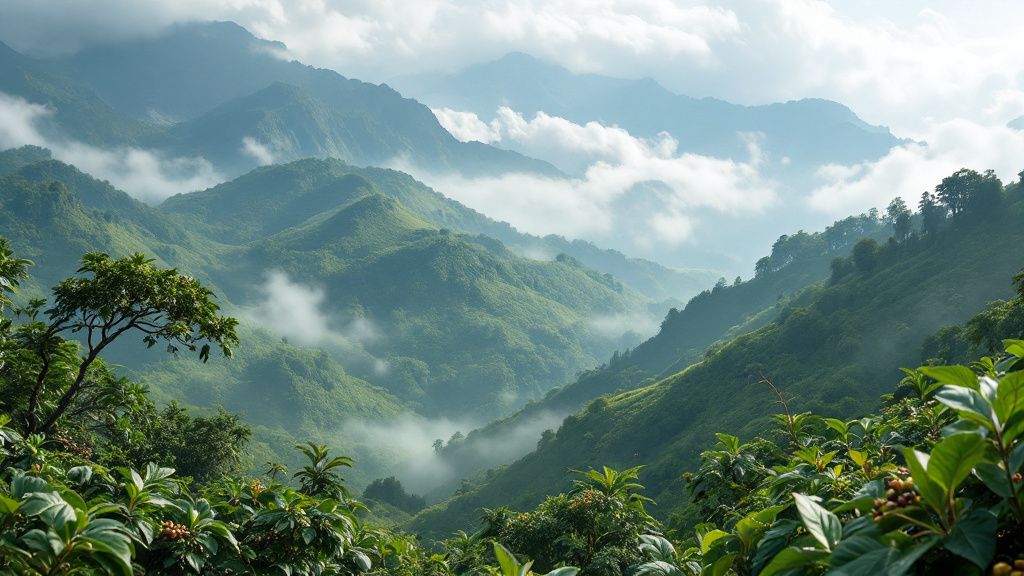
The Ideal Altitude for Coffee Cultivation
Determining the ideal altitude for coffee cultivation involves understanding how elevation influences the growth conditions and taste of coffee beans. At higher altitudes, typically between 1,200 to 2,000 meters, the cooler temperatures and reduced oxygen levels slow the bean's development. This slower maturation process allows for increased sugar content and acidity, resulting in high altitude coffee with complex flavors and aromatic depth.
Conversely, at lower altitudes, below 900 meters, coffee plants mature faster due to warmer climates. This faster growth can lead to a less acidic and more robust flavor profile in low altitude coffee. While these flavors may lack the intricate notes found in their high-altitude counterparts, they offer a strong and consistent taste that many coffee drinkers cherish.
For a concrete example, consider Colombia's coffee-growing regions. Farms in regions like Huila and Nariño, situated at high altitudes, are renowned for producing some of the world's finest coffees with bright acidity and fruity undertones. These conditions emphasize how ideal altitude, combined with favorable microclimates, can elevate the quality of the coffee you enjoy.
The decision on where to cultivate coffee within these altitude ranges often depends on the desired flavor profile and bean characteristics. Beyond just altitude, factors such as soil richness, rainfall, and farming techniques also play an essential role. Each element contributes to creating a terroir that can remarkably influence the taste and quality of the coffee produced.
Your journey through coffee’s rich profile is heightened by understanding how these altitudes impact cultivation choices. Whether it's the intricacies of high altitude coffee or the comforting embrace of low altitude coffee, each option offers something unique for your palate.
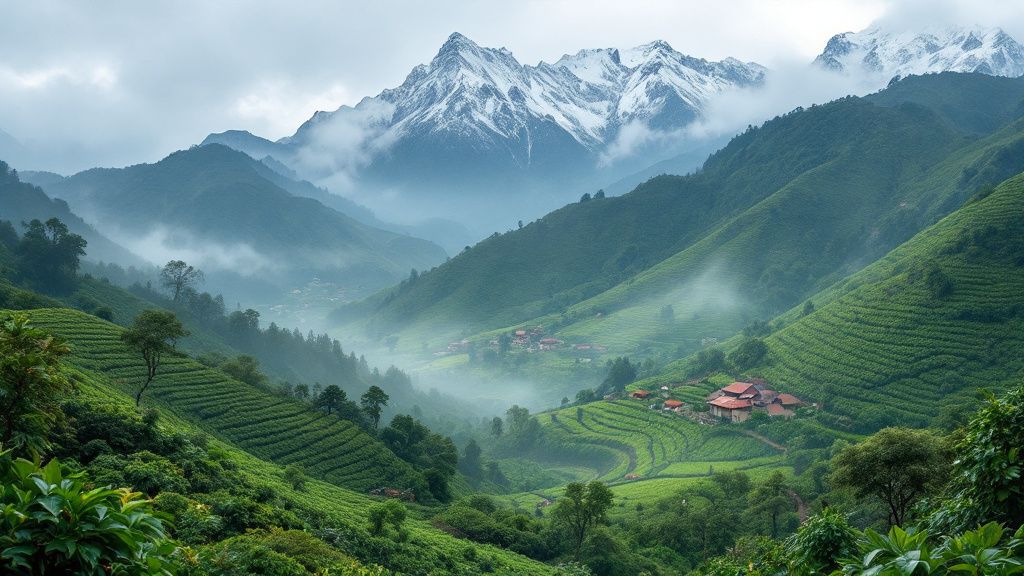
Challenges of High-Altitude Coffee Farming
High-altitude coffee farming presents a unique set of challenges that impact both the farming process and the final product. The cooler temperatures and rugged terrains at these elevations can make cultivation labor-intensive. Farmers often contend with harsh weather conditions that slow down the growing season, increasing the risk of crop losses and the costs associated with farming in such demanding environments.
On one hand, proponents of high-altitude coffee argue that the effort results in premium, flavorful beans, which can command higher prices in the market. However, others point out that these conditions make farming unpredictable and financially risky, especially for small-scale farmers who rely on consistent yields to sustain their livelihoods.
Transporting harvested beans from remote high-altitude areas to processing facilities is another obstacle, often requiring more infrastructure and resources than low altitude coffee farms. This logistical challenge can increase production costs, impacting both the profitability for farmers and the price you pay for these delectable beans.
Despite these challenges, high-altitude coffee continues to be prized for its distinctive taste and quality. The commitment of farmers to overcome these hurdles enriches your coffee experience, providing you with exquisite flavors that reflect the dedication and resilience of those who cultivate these remarkable beans.
 Ratio Eight S2
Ratio Eight S2
 Ratio Eight Original
Ratio Eight Original
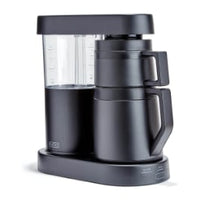 Ratio Six
Ratio Six
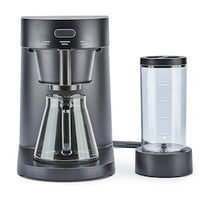 Ratio Four
Ratio Four
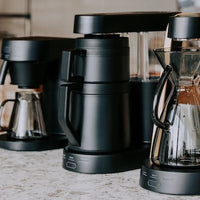 Compare Machines
Compare Machines






